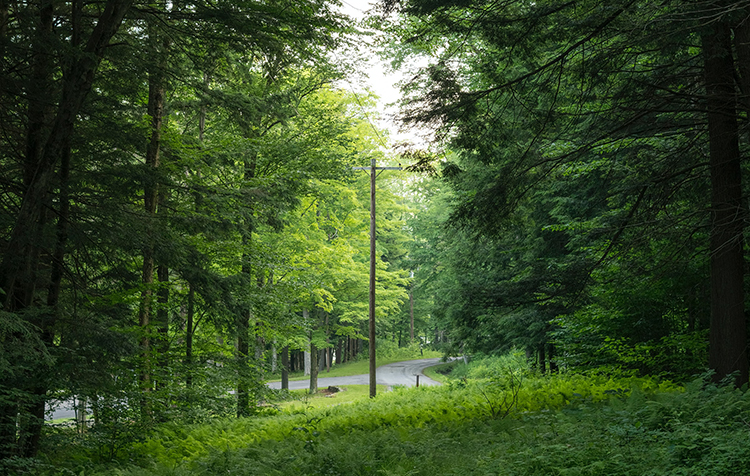When vegetation encroaches on infrastructure such as power lines, generators, railways and other assets, it can cause service disruptions and hazards, negatively impacting communities. Managing vegetation alongside roadways, railway lines and industrial sites is important to maintain community systems for better safety and convenience.
In short, utility vegetation management is a series of activities that assist utilities in removing unwanted and hazardous vegetation from buildings, power lines and other assets. Damaged trees can impact power lines and cause fires and outages at significant cost to communities. Overgrown vegetation can not only interfere with basic services, but serves as a home to pests and other hazardous species. In addition, invasive plant species can cause structural damage to assets and pose significant safety issues if the plants, such as poison oak or ivy, are harmful.
Types of Vegetation Management
The process of vegetation management covers a wide spectrum of activities, each of which is often specific to a particular situation. In general, one or more of the following tasks will be undertaken in a robust vegetation-management program.
Tree Pruning
Sometimes, healthy trees have grown — or have the potential to grow — close to utility lines and other assets. When this happens, vegetation management experts will determine how to prune the tree to direct its growth away from these assets while preserving the health and structure of the tree through directional pruning. This method helps move branches away from areas of concern and reduces the need for future pruning.
Removal of Brush
Brush piles or dry, low-lying vegetation can be a source of concern when it nears power lines or other infrastructure. Brush removal involves using hand tools to remove flammable material such as fallen limbs, living tree foliage and other brush in the area of concern and then treating the area to prevent brush regrowth.
Vegetation Control
To keep hazardous brush from regrowing in an area surrounding electrical infrastructure or utility assets, vegetation control management often involves using herbicides and weed-control methods. Herbicides will kill plants by interfering with their basic functions while weed-control methods will simply suppress plant growth.
Tree Removal
If a tree is damaged or unhealthy and located within the range of a power line or other utility asset, it may be removed completely. Tree removal is essential to prevent outages, blackouts and wildfires associated with trees impacting power lines.
How Proper Vegetation Management Benefits Communities
Ensuring that vegetation management best practices are followed when it comes to utility assets provides a host of benefits to local communities.
Service Provision
First and foremost, keeping vegetation in check around power lines and utilities ensures that it will not interfere with essential services such as electricity by causing outages. Right-of-way management for transmission lines, access roads, bridges, transformers, relay facilities and more are integral for the continued and reliable supply of electricity to communities across the nation.
Economic and Cost Benefits
Many utilities spend a large portion of their budgets performing vegetation management tasks in right-of-way areas. Smart utility companies use a long-term strategy for managing this vegetation through:
• Selective chemical controls.
• Using low-growing vegetation to outcompete other species.
• Mechanical controls (mowing, pruning).
By implementing these strategies, they can keep ongoing vegetation management costs under control, savings that can then be passed to consumers.
Public Health and Safety Benefits
Power outages can pose significant safety risks, and vegetation that impacts power lines can spark wildfires or cause downed lines, both of which can impact public safety. Unmanaged plant and tree growth can also result in a proliferation of poisonous or invasive species such as kudzu, poison oak, poison ivy and poison sumac. In addition, brambles and brush can be attractive breeding grounds for pests, both insect and animal.
Environmental Benefits
Controlling vegetation not only reduces the potential for hazards and pest proliferation, but also provides a sustainable ecosystem for geographically diverse species, including those that are endangered or threatened. Some management techniques such as weed control and herbicides prevent the incursion of dangerous and invasive species that further erode natural habitats.
The Promise of Good Vegetation Management
Proper vegetation management is a must for any forward-thinking utility looking to provide the highest-quality service to its community and stakeholders. Besides ensuring that electricity is provided in a reliable and safe manner, vegetation control offers a host of other critical benefits such as cost savings and public health advantages and helps contribute to a more sustainable environment.
Townsend Tree Service is a leading, multi-state provider of expert tree trimming, line clearing, and vegetation-management services. Learn more about our integrated vegetation-management services here.”
